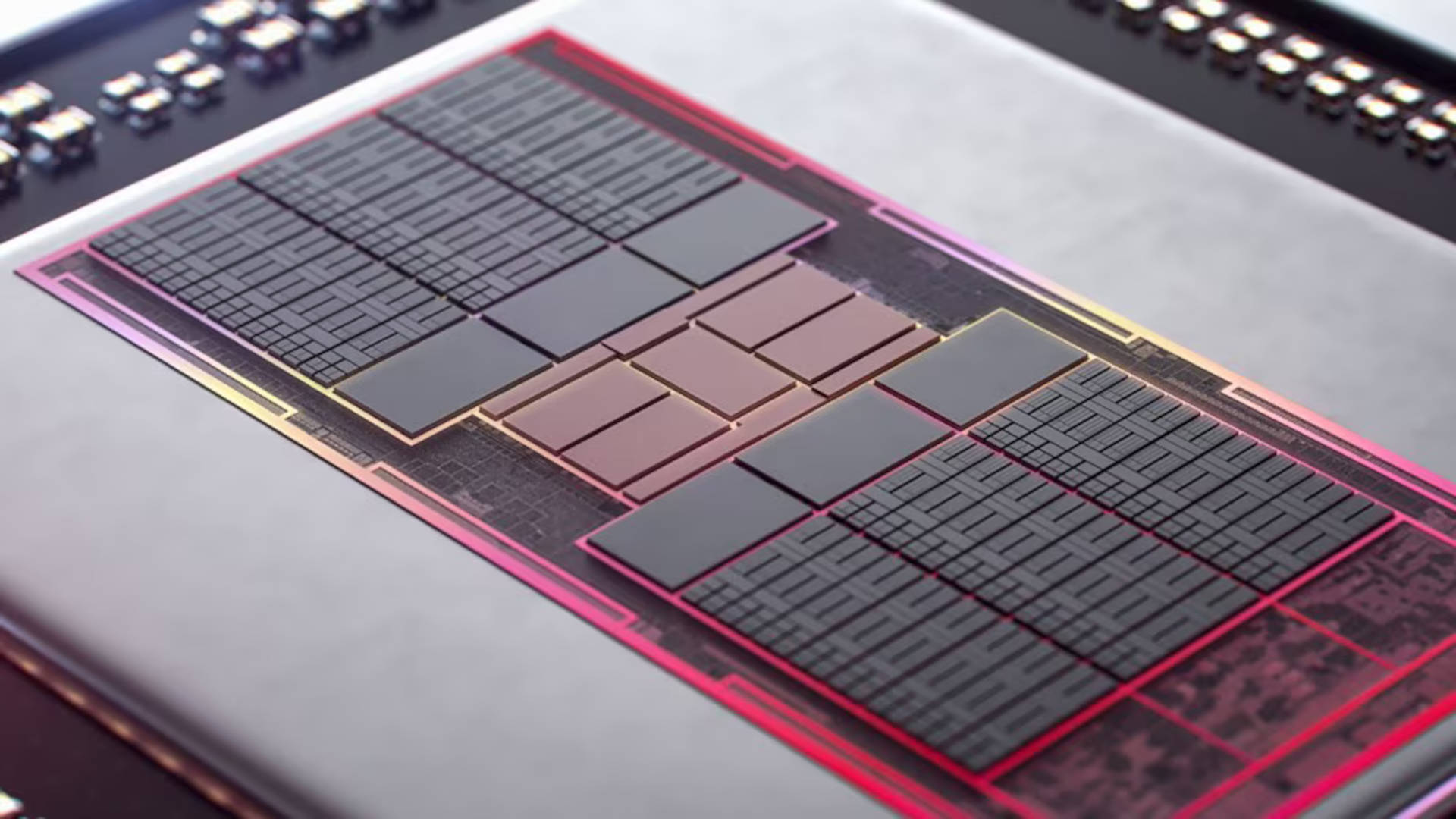AMD RDNA 4 info leak confirms RT performance is getting boosted but could fall short of a major hardware redesign
AMD's GPUs are perfect at rasterization but still trail behind Nvidia when it comes to ray tracing.

A respected leaker has given more details about the changes AMD is going to implement for ray tracing in its next-gen RDNA 4 GPU architecture, and while some of the updates look like they will significantly boost some aspects of the algorithms, the leak also suggests that we're not going to see a comprehensive overhaul of the ray tracing units.
The leaker in question is Kepler_L2 on X (via Wccftech), who has a sterling reputation for providing accurate predictions on forthcoming GPUs, as well as dropping the occasional document snippet, as in this case.
It has to be said that the heavily redacted 'features description' isn't especially informative, as there's virtually no indication as to what exactly has been changed. However, the main one that points to a healthy boost in at least one aspect of ray tracing is the 'Double Intersect Ray Tracing Engine.'
The name implies one of two things: AMD's RT units in RDNA 4 will either be double in number to those in RDNA 3 or they're simply capable of processing twice as many ray-triangle intersection calculations. Ultimately, it doesn't really matter how the gains are achieved, just as long as the ray tracing performance is a lot better.
Not that it's really bad in RDNA 3—far from it—it's just that Nvidia's current RTX 40-series are notably better at it than AMD's GPUs, so a big improvement is not only expected, it's pretty much required.
Some of the new RT features coming with gfx12/RDNA4. Most if not all of these should be in the PS5 Pro too 🙂 pic.twitter.com/AO5HaxJlMKJuly 21, 2024
However, when it comes to ray tracing and performance, it's not just about handling the multitude of ray-triangle intersection calculations. Traversing through BVH (bounding volume hierarchy) acceleration structures is also time-consuming and puts a lot of demand on the cache system in the GPU.
To that end, AMD is adding some optimizations to improve things in this area, but the lack of information means it's impossible to determine how important they are. Most telling, though, is the dearth of any nod towards AMD using an ASIC (application-specific integrated circuit) to speed up the BVH traversals.
Keep up to date with the most important stories and the best deals, as picked by the PC Gamer team.
In RDNA 2 and 3, this is done via compute shaders running on the GPU's cores and if they're busy doing that, it means they can't be used for anything else, specifically the ray shaders themselves. On the biggest Navi GPUs, it's not a major problem—as the chips have a huge number of Compute Units (CUs) to throw at the problem—but as you move down the tiers, the lack of dedicated traversal units becomes more noticeable.
Of course, AMD could be adding them and this is what's hidden in the redacted parts of the document, but if I was in the leaking business, this is the first thing I'd be showing off to folks. That's because Nvidia's ray tracing units contain independent ray-triangle intersection engines and BVH traversal circuits, hence the superior performance.
Kepler_L2 also reckons that most of the RT updates will be used in the forthcoming PlayStation 5 Pro, although this is something that's been mentioned before. Back then, the fuss was being made over the claim that the PS5 Pro's GPU would support BVH8 (traversal shaders working through eight children from each node in the BVH).

Best CPU for gaming: The top chips from Intel and AMD.
Best gaming motherboard: The right boards.
Best graphics card: Your perfect pixel-pusher awaits.
Best SSD for gaming: Get into the game ahead of the rest.
That's double the figure in RDNA 3, which may well be what 'Double Intersect Ray Tracing Engine' is all about. If that's the case then don't expect ray tracing in games to automatically be twice as fast, because it's not necessarily the performance bottleneck.
I know ray tracing is still seen as a bit of an unnecessary gimmick to many PC gamers, and AMD's first implementation was a sensible choice of not throwing too much vital hardware space into something that just tanks performance so much.
However, by the time RDNA 4 graphics cards reach retailers' shelves, both Intel and Nvidia are likely to have their next GPUs available too, and in the case of the latter, it'll be a fourth iteration of RTX technology.
Ray tracing is here to stay, so let's hope AMD has something special still hidden away to put its GPUs on an equal footing with Nvidia's.

Nick, gaming, and computers all first met in the early 1980s. After leaving university, he became a physics and IT teacher and started writing about tech in the late 1990s. That resulted in him working with MadOnion to write the help files for 3DMark and PCMark. After a short stint working at Beyond3D.com, Nick joined Futuremark (MadOnion rebranded) full-time, as editor-in-chief for its PC gaming section, YouGamers. After the site shutdown, he became an engineering and computing lecturer for many years, but missed the writing bug. Cue four years at TechSpot.com covering everything and anything to do with tech and PCs. He freely admits to being far too obsessed with GPUs and open-world grindy RPGs, but who isn't these days?

